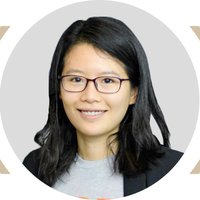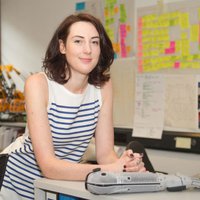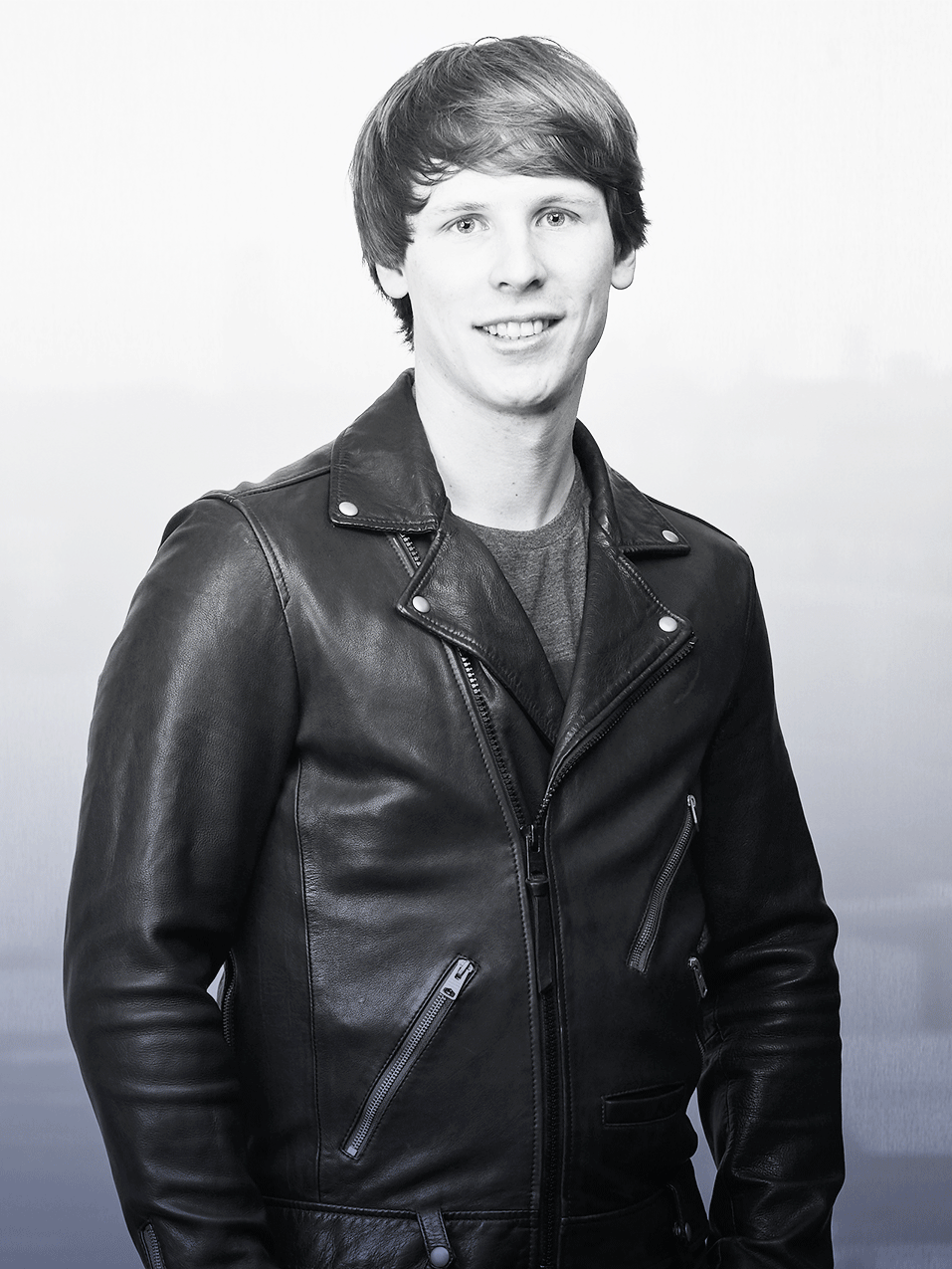Artificial intelligence & robotics
Julian Schrittwieser
AlphaGo beat the world’s best Go player. He helped engineer the program that whipped AlphaGo.

Europe
Annu Nieminen
She empowers consumers with information about the different impacts of goods and services thanks to artificial intelligence

China
Mengdi Wang
Developing fast and scalable algorithms to empower complex intelligent systems

Europe
Samantha Payne
Children without upper limbs are becoming superheroes with the inexpensive, personalised Hero Arms prostheses

China
Qifeng Chen
He is creating AI Artists that create Visual Contents and Effects
